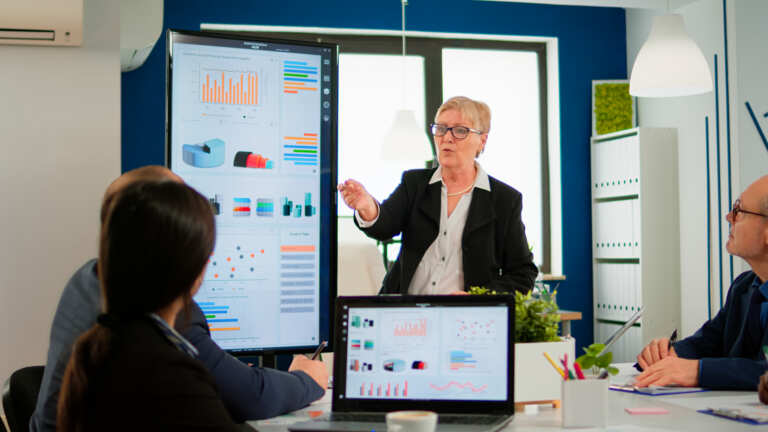Development Approach
A development approach is the method or framework that is used to guide the process of designing, building, testing, and deploying software applications. Different ways of developing are used depending on the needs and requirements of a project, as well as the resources and team structure that are available.
Here are some common development approaches:
Waterfall: The waterfall method is a linear, sequential model in which each stage of development is finished before moving on to the next. This method works best for projects where the requirements are clear and the technology landscape is stable.
Agile: The agile approach is a flexible, iterative model where development is done in short, time-boxed steps. This method works best for projects where requirements are likely to change and team members need to give and get feedback often and work together.
DevOps: The DevOps approach focuses on collaboration and communication between the development and operations teams to make sure that software is deployed quickly and reliably. This method works best for projects that need to be updated often and have a strong focus on automation and constant delivery.
Lean: The lean method focuses on maximising value and minimising waste by getting rid of non-essential tasks and making the development process more efficient. This method works best for projects that have tight budgets or deadlines and need to be as efficient and effective as possible.
The prototype method involves making a working model of the app early on in the development process so that feedback can be gathered and requirements can be changed. This method works best for projects where there is a lot of uncertainty about what users want or need.
Choosing the right development approach for a project depends on a number of things, such as the goals of the project, the skills of the team, and the resources that are available. It’s important to think carefully about these things and choose an approach that fits the needs and requirements of the project the best.
Usage
It is used in project planning / SDLC







